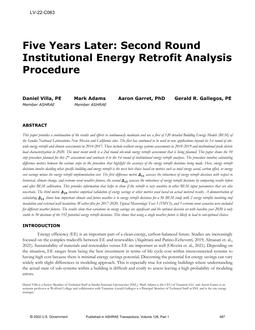Severely immunocompromised patients, such as those who have undergone stem cell transplantation, must be housed in a protective environment to reduce the risk of acquiring health care-associated fungal infections. This 11-month study was conducted at Duke University Hospital to evaluate the efficacy of the existing engineering controls (EC) for two such protective units: the pediatric stem cell transplant unit (PTU) and the adult stem cell transplant unit (ATU). In addition, a standard intensive care unit (ICU) was included as a “control†nursing unit. The engineering controls evaluated during the study included high-efficiency particulate air (HEPA) filtration of supply air, supplemental HEPA refiltration, air change rates, directional airflow in patient rooms, positive pressure gradient (directional air flows) throughout the unit, and an interlocked airlock. Significant performance differences were identified when the bioaerosol sampling data from the three units were compared. These differences were found related to the presence and performance of the evaluated engineering controls. The concentration of airborne fungal spores in the PTU, which was equipped with all of the evaluated engineering controls performing at design specification, was found less than both the ATU (p = 0.0007) and the ICU (p = 0.001). This suggests that utilizing an appropriate combination of engineering control measures is an effective means of controlling airborne bioburden. This study also provides evidence of the importance of supplemental HEPA refiltration and the establishment and maintenance of a strong positive pressure gradient (>2.5 pascals).
Paper from IAQ 2004 — Critical Operations: Supporting the Healing Environment Through IAQ Performance Standards
Units: SI
Citation: IAQ Conference: IAQ 2004
Product Details
- Published:
- 2004
- Number of Pages:
- 11
- File Size:
- 1 file , 5.3 MB
- Product Code(s):
- D-22541


